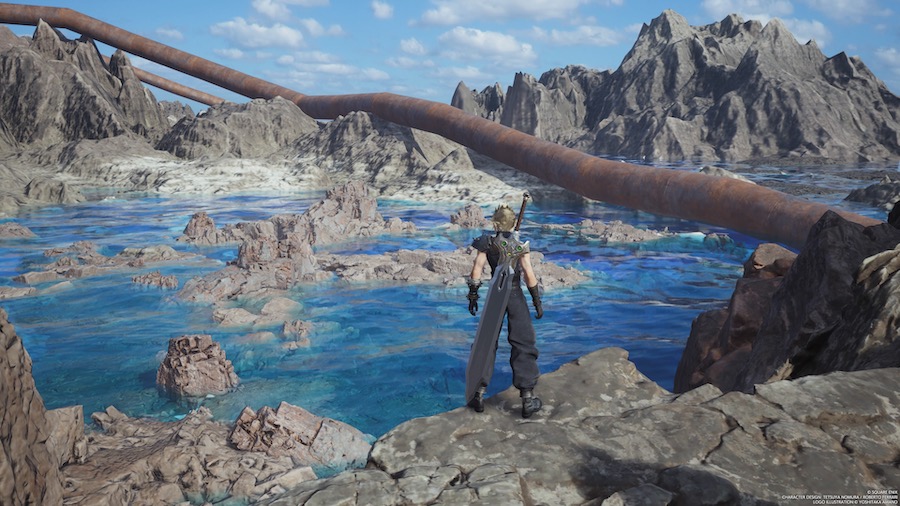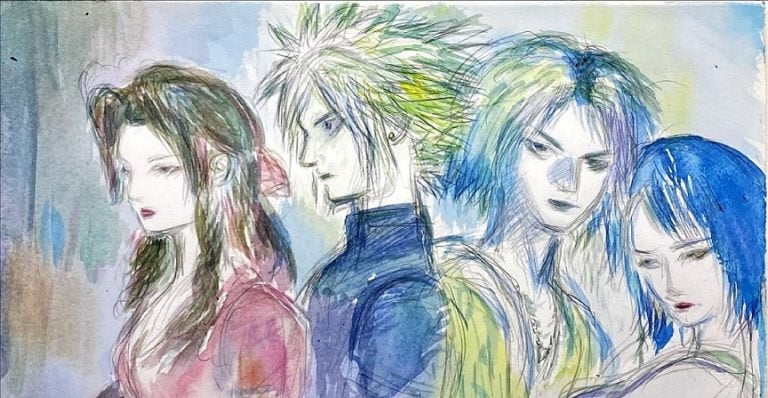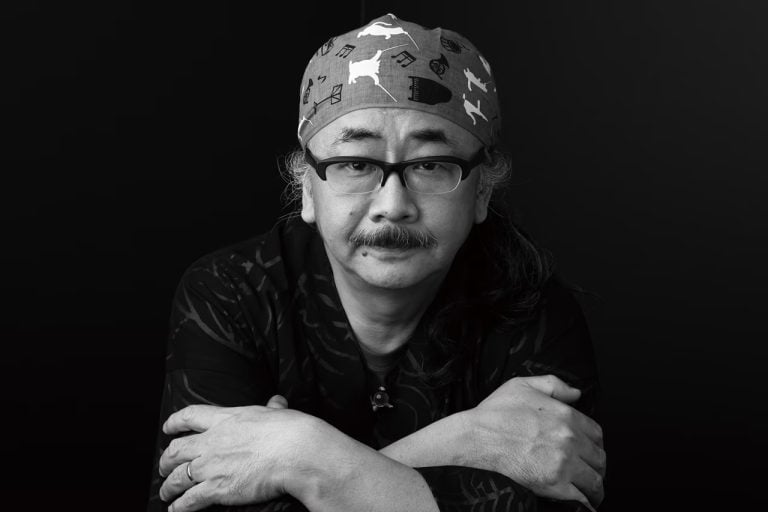Since its release at the end of February, Final Fantasy VII Rebirth has had fans marveling at its expansive open world environments and huge amount of side content (Related Article). The second installment in the remake trilogy has breathed new life into locations, characters and events from the beloved 1997 RPG Final Fantasy VII to deliver a rich, modern gaming experience. Prior to Rebirth’s release, the creators frequently commented that they were inspired by elements from recent western open world games, specifically naming the Witcher 3, Ghost of Tsushima and Horizon Zero Dawn (see Related Article, and our developer interview). In this article, we look at how Final Fantasy VII Rebirth skillfully blends these influences from other successful games to create an experience that is true to the spirit of Final Fantasy VII.
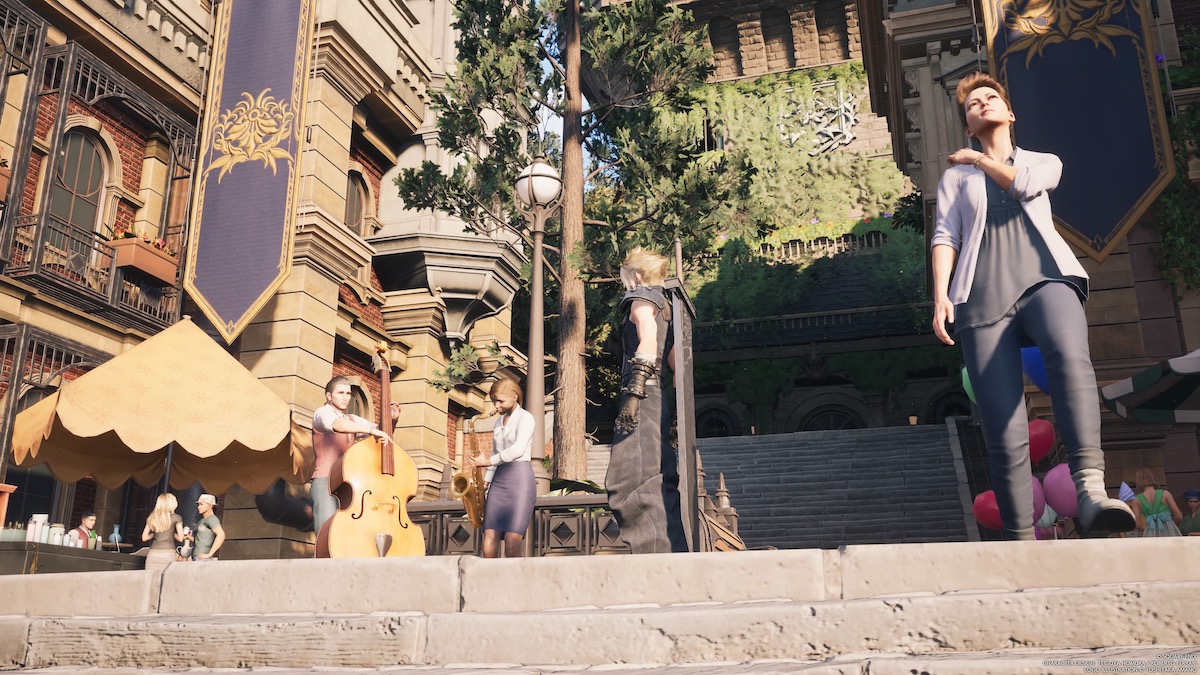
The previous game, Final Fantasy VII Remake, was confined to the City of Midgar. Therefore, Rebirth is the first time in the trilogy that players are given the freedom to explore the outside world. Given the sheer size of overworld maps in modern games, players expect such games to have a fast travel function to prevent tedious backtracking. However, game devs must strike a balance between giving easy access to fast travel and giving players the incentive to explore the vast world.
Rebirth achieves this by scattering points of interest, resources and hidden treasures over its lush and varied landscapes. It is also quick to encourage you to use Chocobos, the large yellow birds that regularly appear in Final Fantasy games, as a speedier form of transport that makes large areas more accessible. This incentivizes you to explore the world and clear the mist off the map. Without further ado, let’s look at how Rebirth was potentially inspired by how other open world games have encouraged exploration and guided players.
Ghost of Tsushima’s creature guides
To make it easier to get back to areas you have explored before, Final Fantasy VII Rebirth features Chocobo Stops scattered along its roads. These stops have fallen into disrepair, and it is up to Cloud and co. to find and restore these fast travel and rest spots to make them usable again. While wandering through the world, you may stumble across a Chocobo chick that will lead you to a Chocobo Stop. This gentle method of guiding a player seems to be inspired by the foxes in Ghost of Tsushima- who lead you to fox shrines. Just like in Ghost of Tsushima, Rebirth also allows you to pet the adorable creature that helped you out.
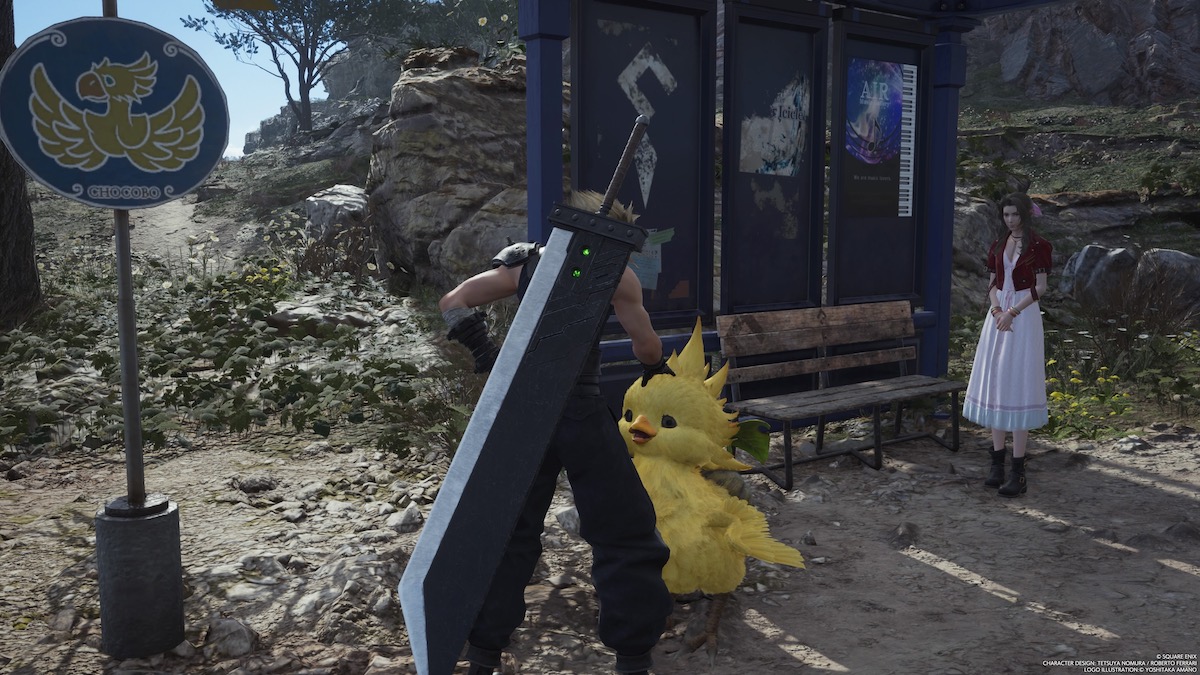
Below: Jin pets a fox in Ghost of Tsushima after praying at a shrine.(Ghost of Tsushima images are from TokyoWeekender.)
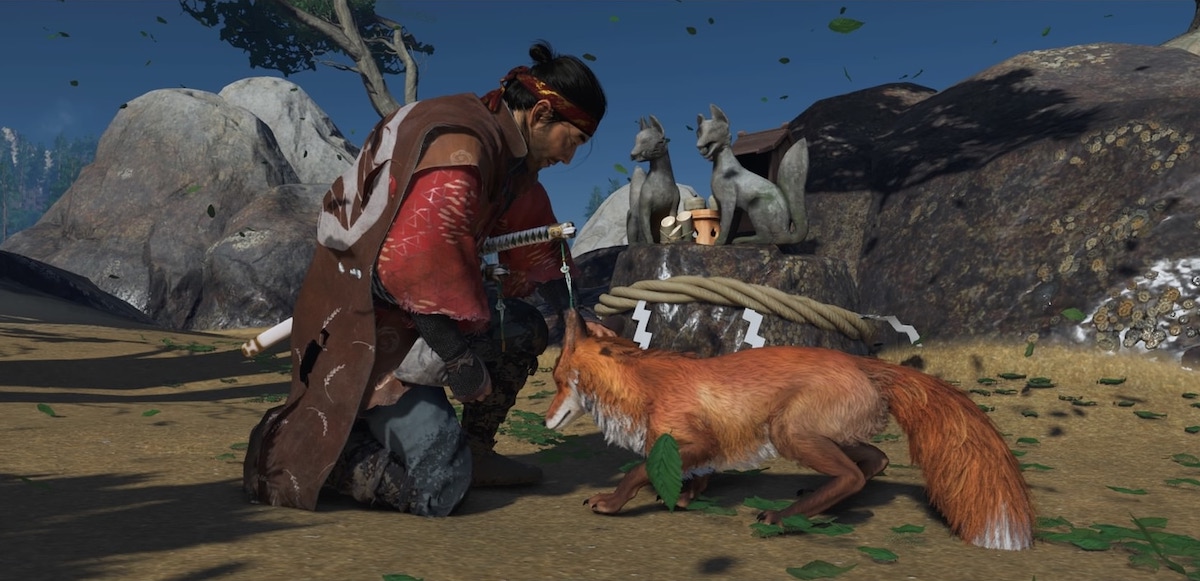
Rebirth is also influenced by Ghost of Tsushima’s bird guides too. In the epic story-driven action game set in historical Japan, yellow songbirds appear that will guide you to any nearby point of interest that the player might otherwise miss. This includes refreshing hot springs where Jin can restore his health and reminiscence about aspects of the story. Rebirth introduces Springseeker owls. These bright red birds will guide your party to Lifesprings on the map, which can be used to unlock more points of interest. The way these birds call out and guide you with a glittery trail is very similar in both games.
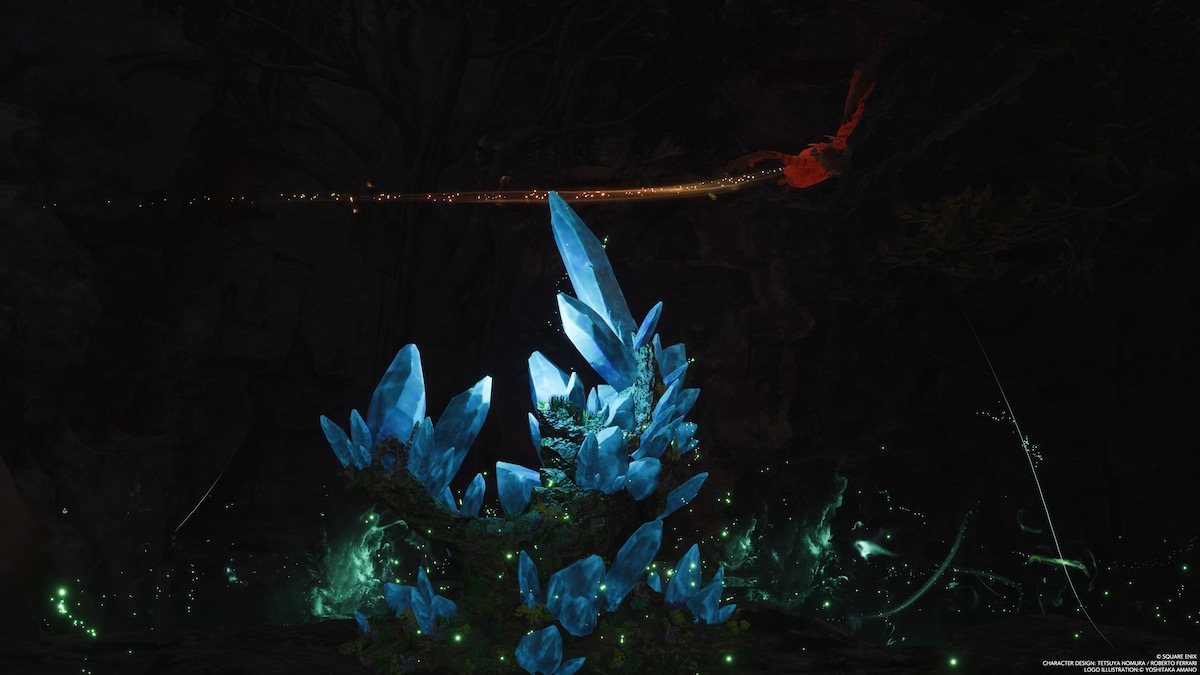
Below: Following a songbird in Ghost of Tsushima.

Rebirth also embraces the rich natural beauty found in Ghost of Tsushima as well. Upon reaching the lush Grasslands area for the first time, Aerith and Barret comment on how the Planet is still thriving despite the damage that people have done. Wildflower fields, rocky cliffs and the lifestream springs’ natural crystal formations contrast against the industrial reactors and rusted pipelines that crisscross along the plains.
Witcher 3’s handling of side quests and crafting system
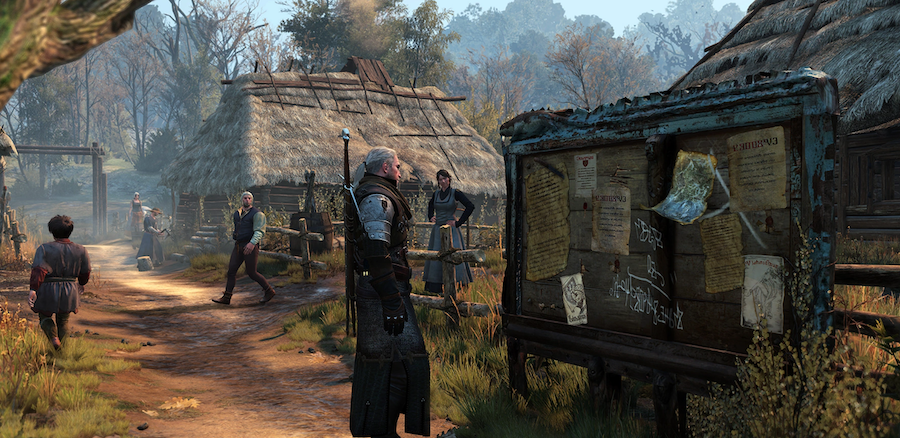
The Witcher 3: Wild Hunt is one of the games that was namechecked by Rebirth’s creators many times in pre-release interviews. The most obvious element borrowed from CD Projekt Red’s hit RPG is the introduction of noticeboards. In Rebirth, these work just like the ones in the Witcher 3, giving you a neat overview of available and completed sidequests in the area.
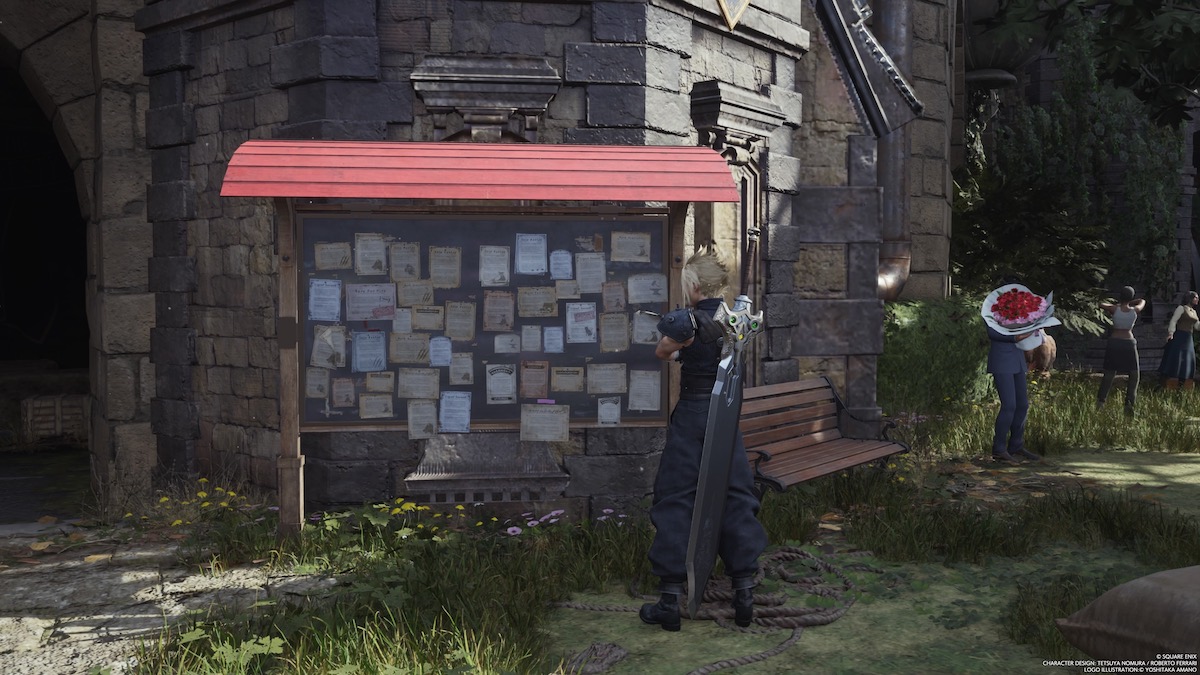
Rebirth introduces an item transmuting system that allows you to craft potions and accessories from resources picked up off the map or won in battle. This works like streamed down and more user-friendly version of the Witcher 3’s resource collection and alchemy/crafting systems.
The Witcher 3 also features a card game called Gwent, which became popular enough to spawn its own standalone game. Perhaps inspired by this popularity Rebirth introduces Queen’s Blood. However, card games have long been an occasional feature of Final Fantasy titles, such as Tetra Master from Final Fantasy IX and Triple Triad from Final Fantasy VIII and XIV. Rebirth is the first Final Fantasy VII series game to let you challenge NPCs to card battles.
Horizon’s hotspots and repurposing of technology
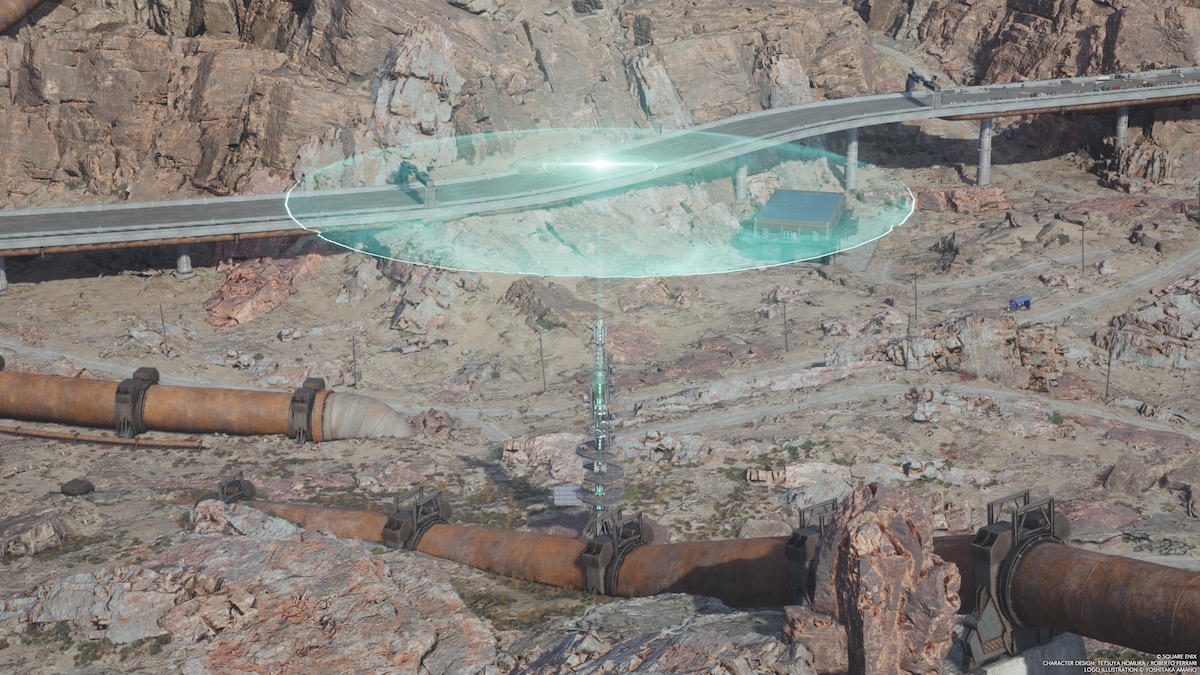
Below: Observing a Control Tower enemy in Horizon Zero Dawn (Image credit: Digital Chumps).
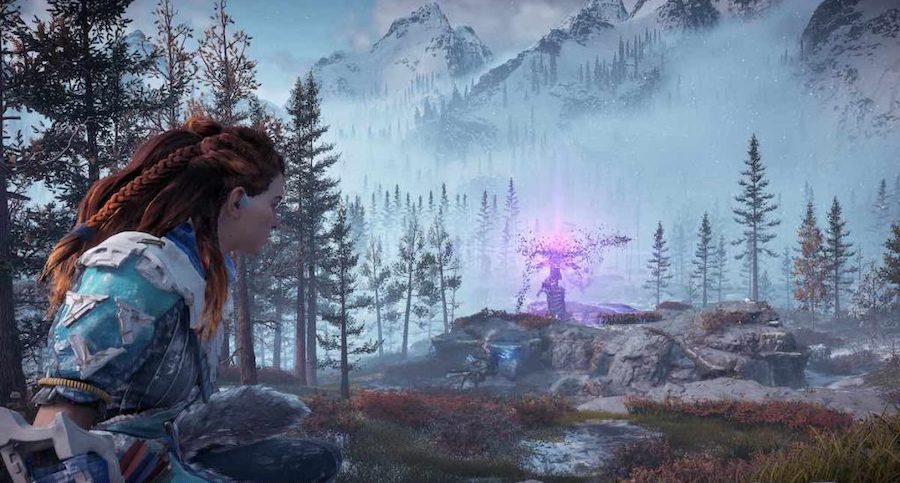
In Horizon Zero Dawn (2017) and its sequel Horizon Forbidden West (2022), hunter gatherer protagonist Aloy must find and repurpose old technology in a post-apocalyptic world. In Zero Dawn, she can find Control Towers, lumbering robotic beasts that she can override to gain control over other enemies in the area. Rebirth implements a similar idea of reactivating old technology to help your party. For example, you can activate Intel Towers, which will add local hotspots to your map. It is possible that the creators of Rebirth were inspired by how Horizon combines old, abandoned technology with lush natural surroundings, and then integrates these worldbuilding aspects into interactive gameplay.
Metal Gear…?!
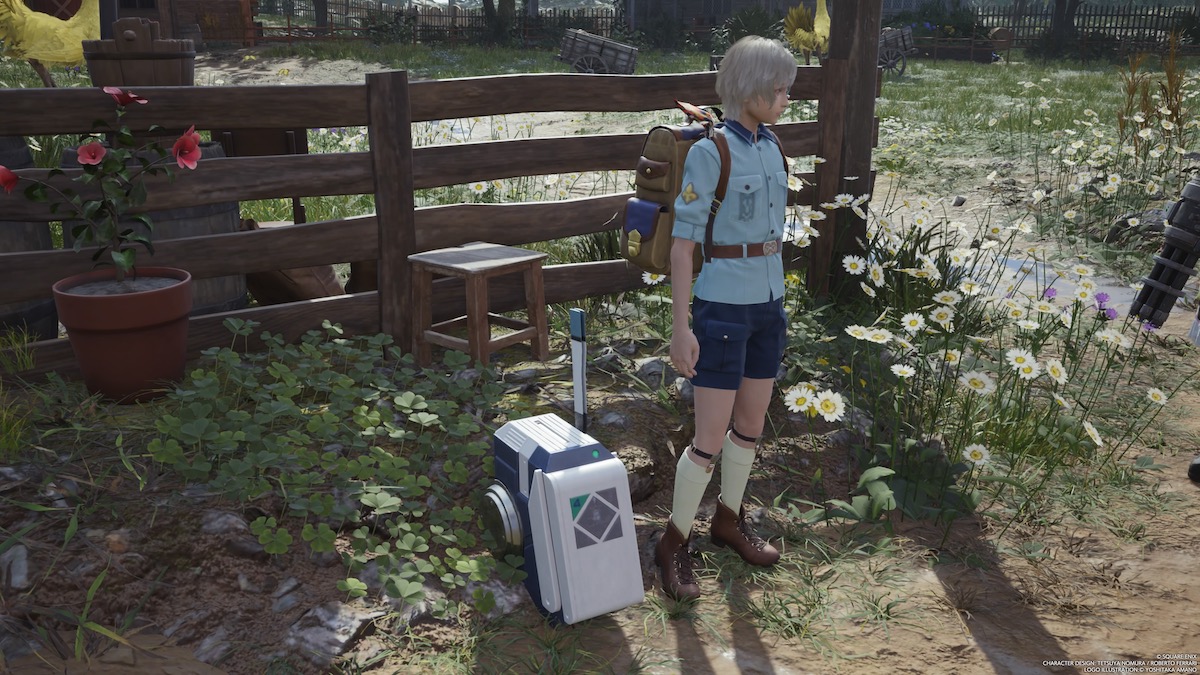
This one is a stretch, but upon seeing whizkid Chadley’s small robot companion, I couldn’t help but be reminded of Metal Gear Solid 4. In the 2009 game, Solid Snake has a useful, if clumsy robot assistant called Metal Gear Mk. II (which originally appeared in Hideo Kojima’s early title Snatcher). Indeed, Chadley is almost like a less sinister version of Drebin 893, MGS4’s trader who unlocks guns found on the battlefield so that they can be used by anyone. FFVII’s Chadley, on the other hand, repurposes the intel you collect from around the world to develop better Materia that your party can purchase.
Final Fantasy VII Rebirth is available now on PS5.

